
We all do it, we all cry. Even if you're "not the crying type" you definitely have shed a tear or two (or a million when no one's looking) at some point in your life. Usually when we encounter someone crying our initial response is to tell them to stop we say things like "what's crying going to do" or "stop crying and try to calm down" things of that nature, so it is obvious that we seem to think crying is not really positive for us, but what if it is. What if to calm down you actually need to cry and release whatever toxins are built up. That you will not feel better without the act of crying?
There are three types of tears: basal tears, reflex tears, and emotional tears. Basal tears are the tears that are there to keep our eyes from drying out, basically their job is to keep the eye nice and moist. Reflex tears are the tears that emerge when you encounter an irritant that effects your eyes. They act as a shield, protecting your eyes from harmful substances. Finally, emotional tears are the tears you shed when something makes you sad, hurt, embarrassed, happy, etc. The process to produce these tears is as such: You get sad, in the cerebrum your sadness is registered, your endocrine system responds by releasing hormones to the ocular area (of relating to the eye), which then bam! leads to emotional tears.
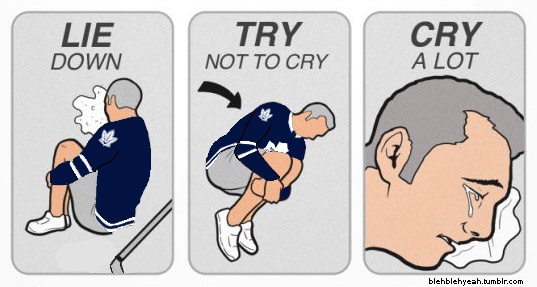
Now you might think that tears are tears. But that's incorrect. The three different types of tears are made up differently, meaning when analyzed scientists didn't find that they contained similar components. When scientists compared reflex tears to emotional tears (obtained by peeling an onion and watching a movie that invoked sadness in the viewers) they found that the reflex tears were made up of 98% water but the emotional tears contained a plethora of chemicals.
When analyzed the emotional tears appeared to include "prolactin, which is also known to control breast milk production. Adrenocorticotropic hormones indicate high stress levels... leucine-enkephalin, an endorphin that reduces pain and works to improve mood" aka a natural pain killer. This evidence might be taken as meaning that through emotional crying, you are shedding toxins in your body that contribute to you feeling 'bad' while also calming your own self down.

In The Typography of Tears, Rose-Lynn Fisher actually puts different types of tears under a microscope to see if they look similar to one another. By studying tears caused by grief, peeling an onion, laughing hard enough to cry, happiness, loneliness, etc. she saw that each one looks completely different from all the others when put under the microscope.
"The random compositions I find in magnified tears often evoke a sense of place, like aerial views of emotional terrain. Although the empirical nature of tears is a chemistry of water, proteins, minerals, hormones, antibodies and enzymes, the topography of tears is a momentary landscape, transient as the fingerprint of someone in a dream. This series is like an ephemeral atlas."
Tears need to be studied further. There might be keys we can find when studying tears that will unlock a further understanding into how our emotions work. For instance why do the tears caused by different emotions look so different from one another. Can studying tears actually lead to greater discoveries for our society? Maybe. All that can be said right now is that the next time someone tells you to stop crying because it won't make you feel better just cry harder.
You may also like

Why Does Fresh Snow Make NYC So Quiet?
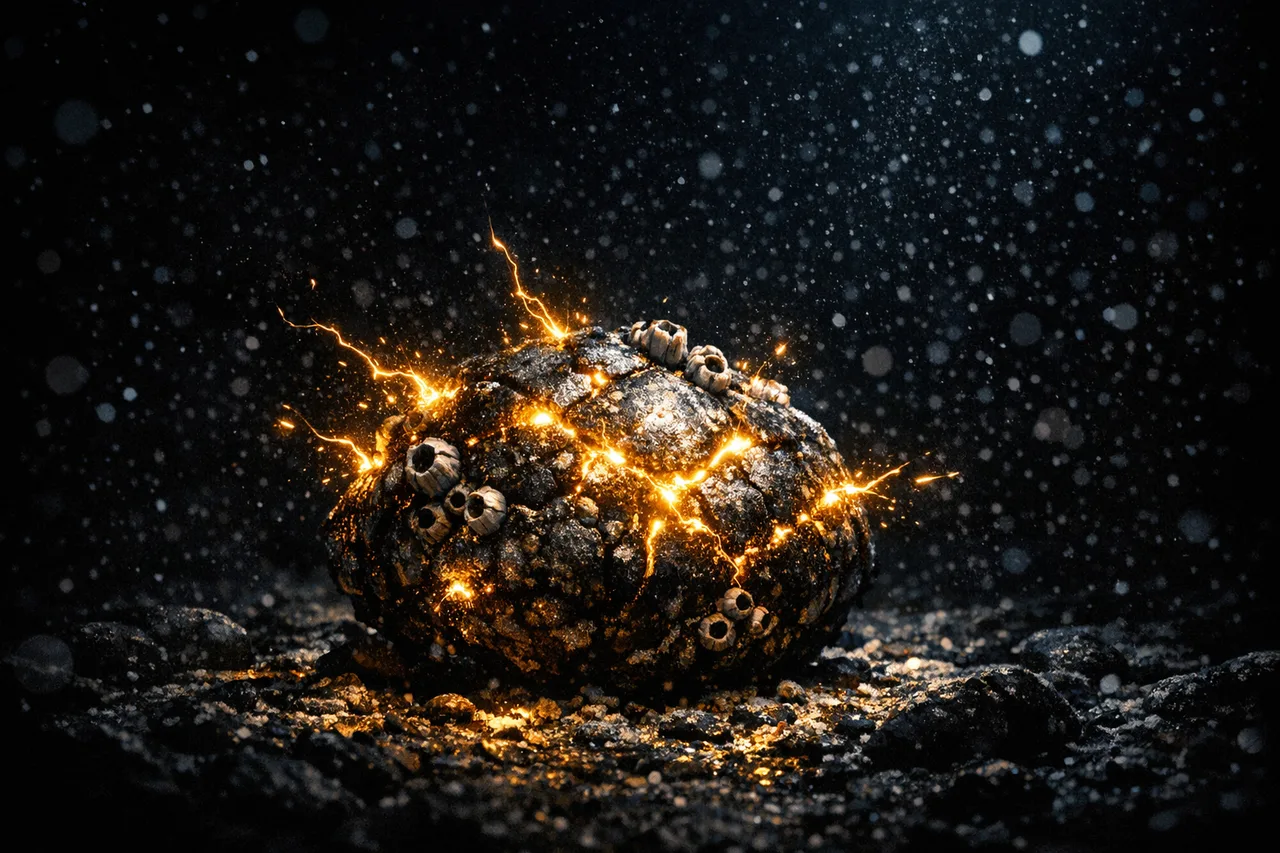
Rocks Making Oxygen in Total Darkness
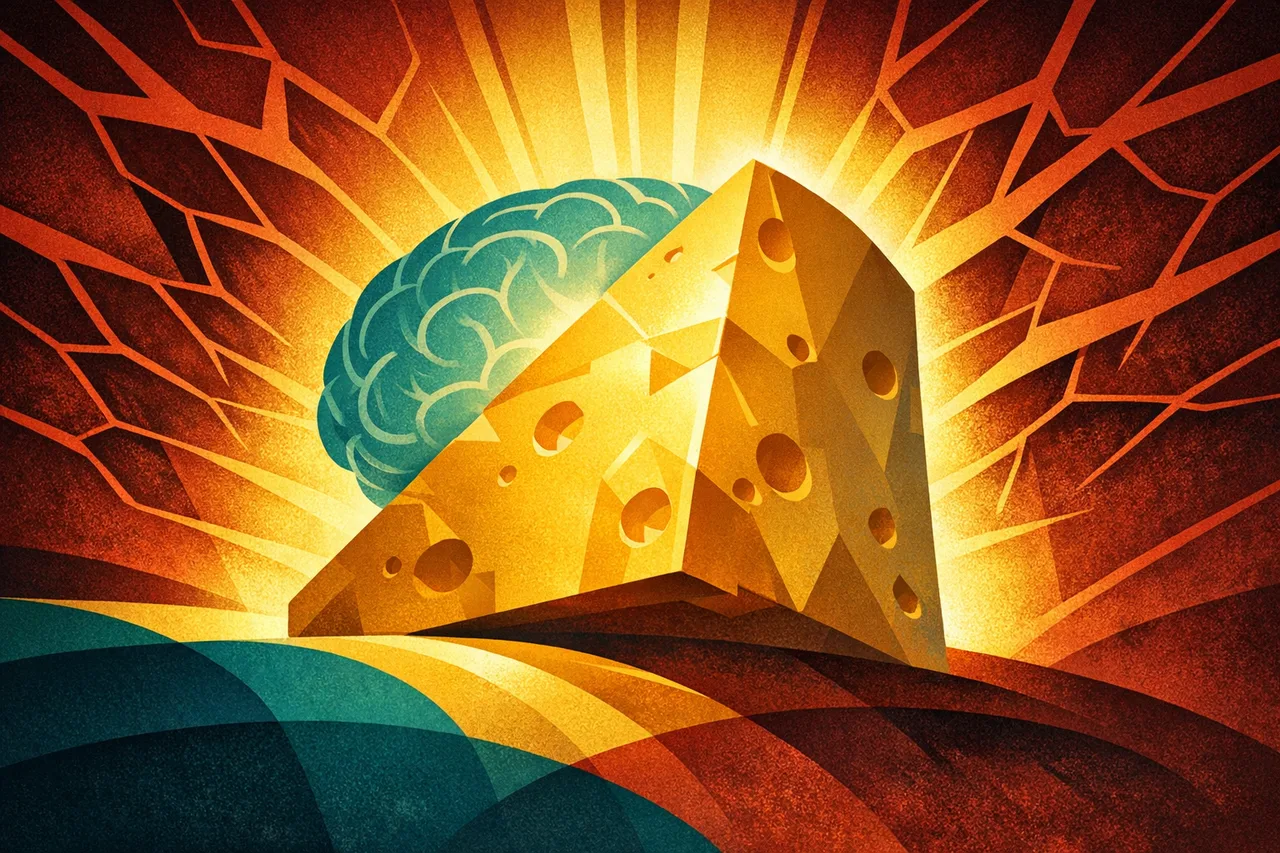
When Cheese Gets Interesting for Brain Health
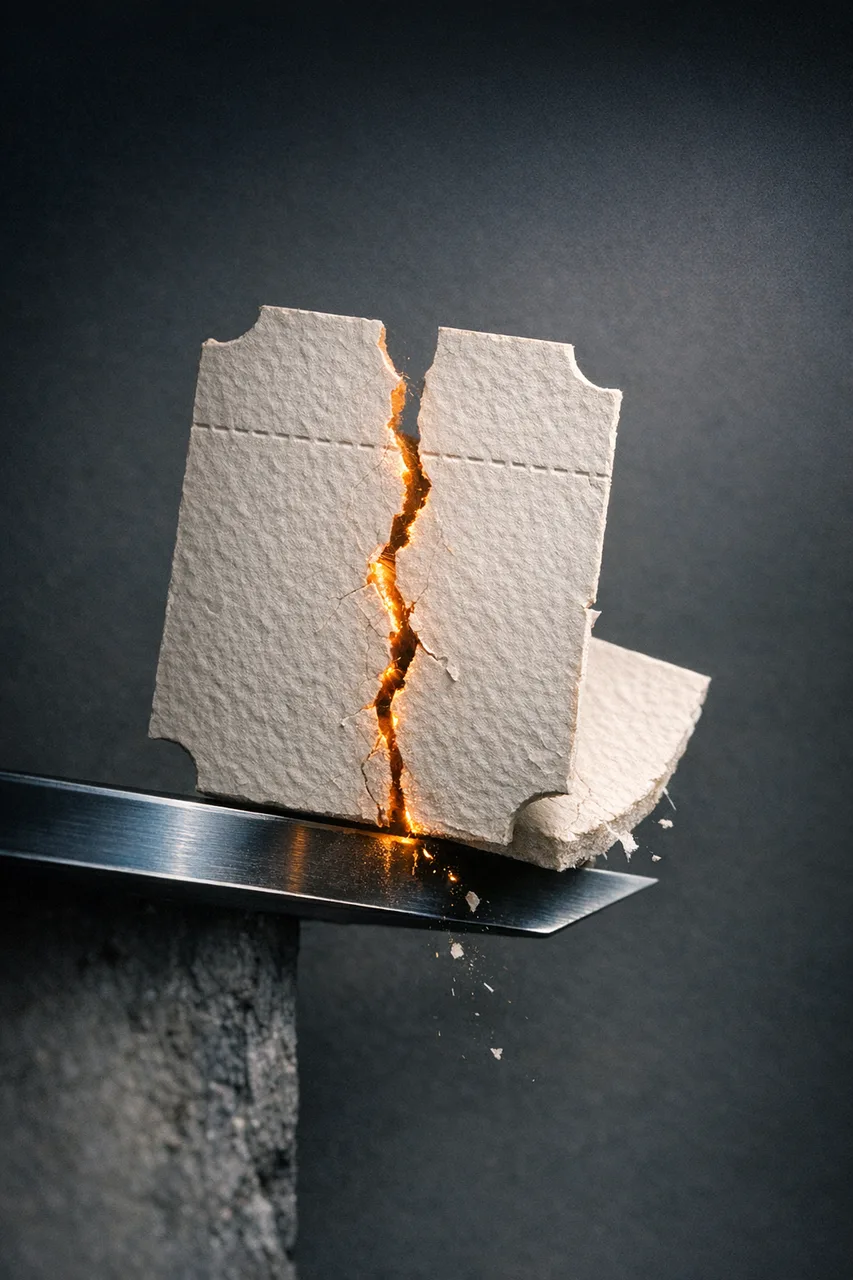
What Happens If ACA Tax Credits End?
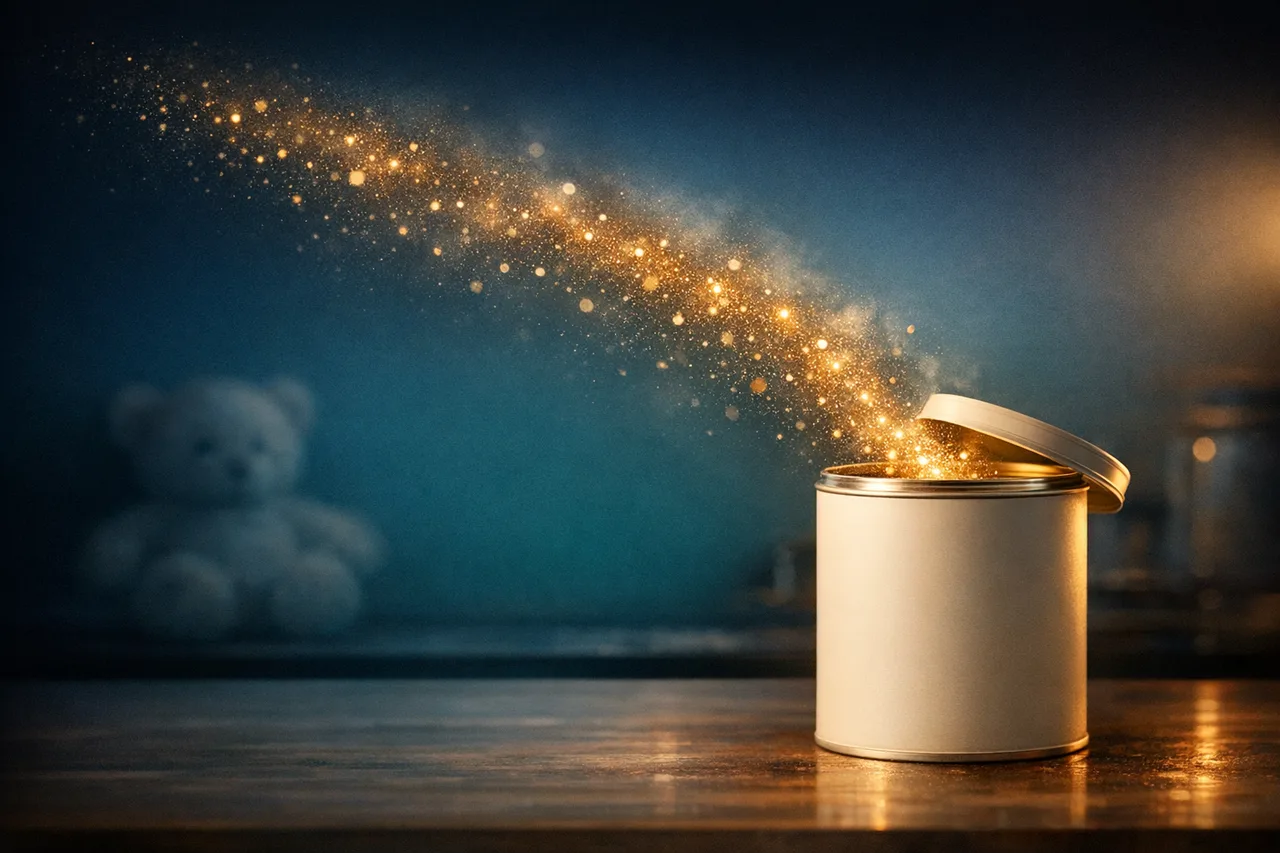
The Byheart Recall, Explained for Parents
